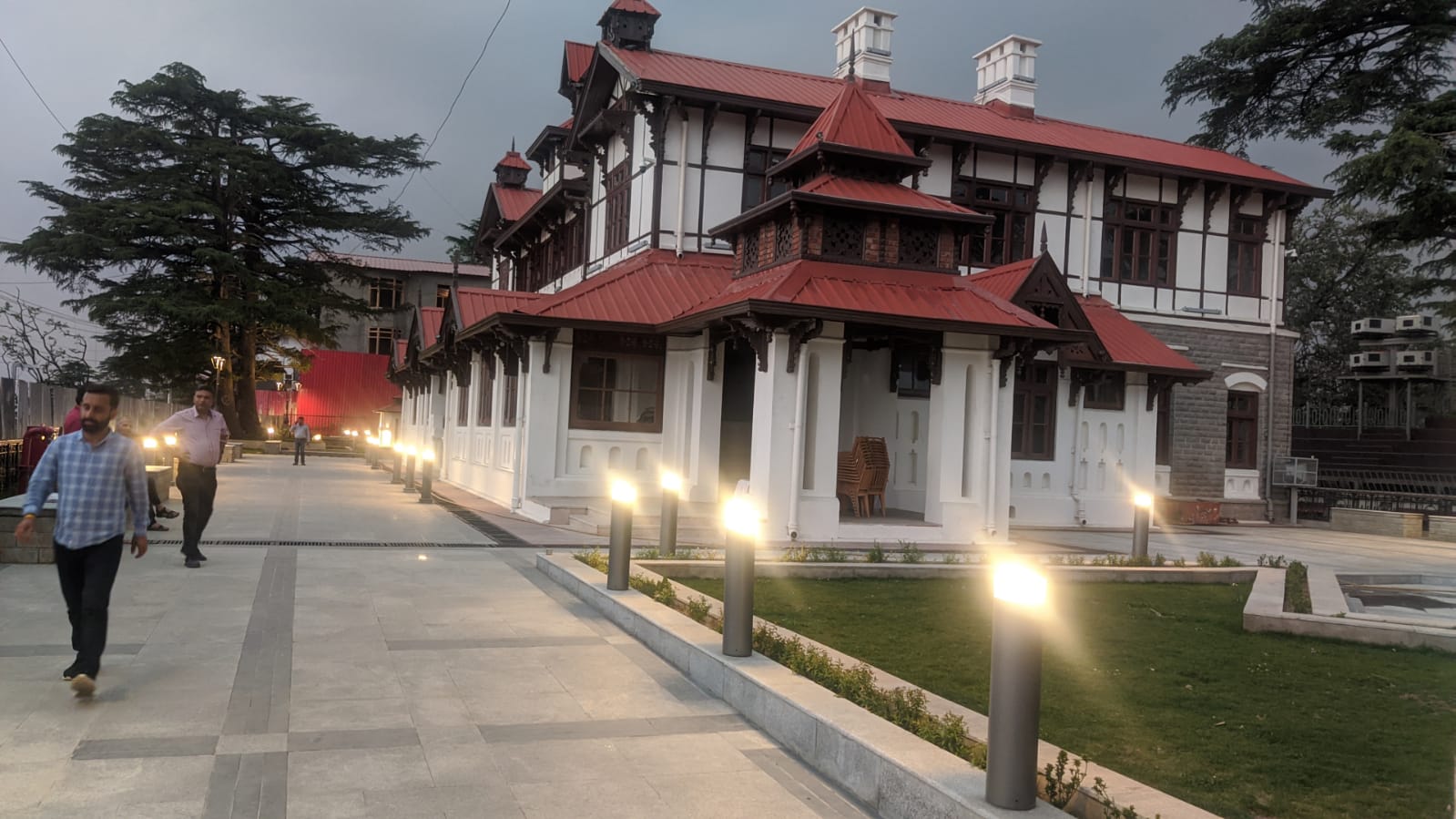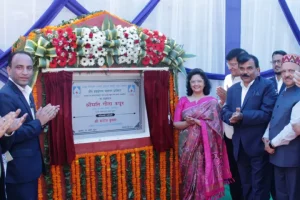Shimla: It’s a common saying in Shimla that every corner of this British era town, has a piece of history and every stone and brick has a story to tell.
This month, ahead of the summer tourist season, Shimla unfolded a new chapter of its history by opening-up the 143-year-old Bantony Castle, the summer retreat of erstwhile ruler of Sirmaur to the public.
More than five years after its conservation-cum-restoration work was taken up by the Himachal Pradesh government, the castle has come out as a stunning place of interest for visitors.
The two- storey heritage building, and its peripheral complex—the walks and landmark green cedars, was designed by T E G Coope, a British architect in 1880 under the supervision of Raja Surender Bikram Prakash and before its construction began in 1880, the place had a quaint cottage, belonging to Captain A. Gordon, which housed army officers.
The Himachal Pradesh government’s department of Language, Art and Culture (LAC) proposes to establish a heritage digital museum depicting Shimla’s history.
In a first of its kind, the renovated Castle, will host an enchanting “light and sound” show–a mesmerising 30-minute audio-visual presentation on the lines of Andaman’s Cellular Jail to take the audience through some of the momentous events of the pre and post-Independence history linked to Shimla.
“The Light and Sound show, a successful trial of which has already been held in presence of state’s Deputy Chief Minister Mukesh Agnihotri, will use digital art technology to depict the history of Shimla through the eye of Bantony Castle right from its foundation at a historical site” says Rakesh Kanwar, Secretary Language, Art and Culture in the Himachal Pradesh government.
He says the show is a skilful retelling of Shimla’s story. Noted Bollywood actor Anupam Kher –who hails from Shimla, has given his voice to the story telling as visual effects make the audience at the open-air theatre spell-bound.
The department will also introduce ticketed viewing of the light and sound presentation after sunset.
Bantony Castle has been restored at a cost of Rs 29 crore after the state government having already completed the conservation of heritage Gaiety Theatre and Shimla Town hall.
The castle has a unique and heart-warming history as its ownership was passed on by the Britishers, to the erstwhile rulers of Sirmaur then to private owners and finally acquired by the state government led by Virbhadra Singh in 2016-17. The Himachal government prevailed upon a Shimla family to let a new landmark—heritage museum, come-up in the centre of the town.
The building, which stands out for its wooden architecture, sliding roof, towers and galleries, had also remained a place for its use by the colonial military for prisoners of war. All India Radio also functioned from here for handling messages of mostly Italian prisoners interred at Yol near Dharamsala town, some 250 km from here during World War II.
After Independence, leading English daily The Tribune, which had been based in Lahore, also functioned from the Bantony Castle till it shifted to Chandigarh.
In 1957-58, Maharaja Sir Kameshwar Singh of Darbhanga gave the property on rent to the Punjab government, and various wings of initially Punjab and later Himachal Police were based in it for several years. The Police Officers’ mess was also located on its premises.
Later the Bantony estate was purchased by a local business family of Ram Krishan and Sons. The state government acquired this 19,000 sq m estate for Rs 27.84 crores and structures in 2017 to create the elaborate complex that Bantony now houses.
The building also had a share of controversy when an NRI investor moved a proposal to the state’s tourism department to develop Bantony as a five-star hotel –cum –Spa resort. Name of a politician was also linked to its deal but eventually the Bantony is all set to re-write its own history away from the colonial era and former rulers.




















